43 diagram and label the two types of nitrogenous bases
4 Major Phases of the Cell Cycle (With Diagram) - Biology … The following points highlight the four major phases of the cell cycle. The phases are: 1. G 1 (gap1) phase 2. S (synthesis) phase 3. G 2 (gap 2) phase 4. M (mitosis) phase. Cell Cycle: Phase # 1. G 1 Phase: . The G 1 phase is set in immediately after the cell division. It is characterised by a change in the chromosome from the condensed mitotic state to the more extended interphase … Metabolism - Wikipedia Metabolism (/ m ə ˈ t æ b ə l ɪ z ə m /, from Greek: μεταβολή metabolē, "change") is the set of life-sustaining chemical reactions in organisms.The three main purposes of metabolism are: the conversion of the energy in food to energy available to run cellular processes; the conversion of food to building blocks for proteins, lipids, nucleic acids, and some carbohydrates; and the ...
Cambridge IGCSE Biology Third Edition Hodder Education Enter the email address you signed up with and we'll email you a reset link.
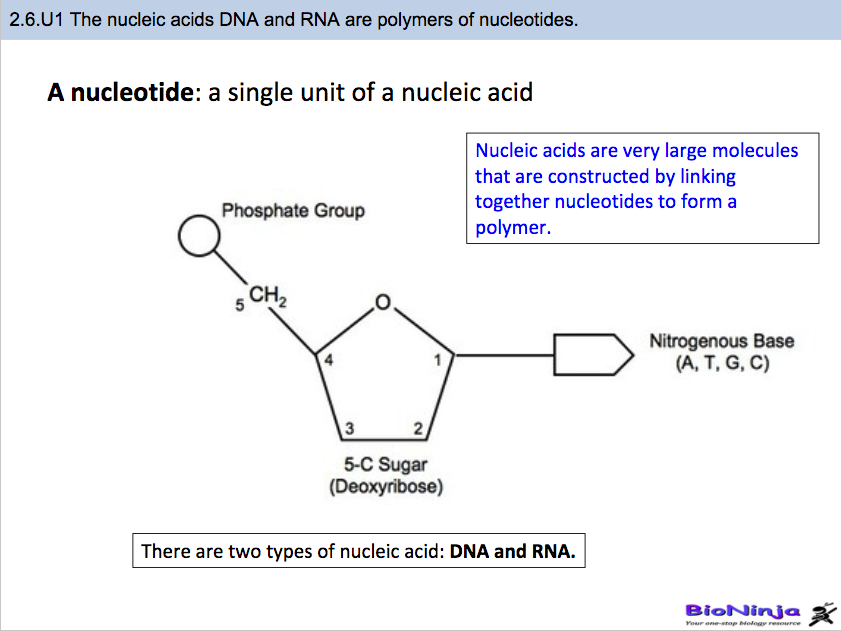
Diagram and label the two types of nitrogenous bases
GRADE 12 LIFE SCIENCES LEARNER NOTES - Mail & Guardian 1.2.2 The diagram below shows the sequence of nitrogenous bases of a strand ... (A reminder first to label the diagram and then to move on to questions) Study the diagram illustrating protein synthesis below, and answer the questions that follow. ... There are two types of nucleic acids. ... MCQ Questions for Class 10 ICSE Biology Free PDF Download Sep 25, 2021 · The four nitrogenous bases in the DNA are Guanine, Thymine, Adenine and Cytosine. Question. Genes are specific sequences of bases on a chromosome. Ans. Genes are specific sequences of nucleotides on a chromosome. Question. A nucleotide is composed of a sulphate, a sugar (pentose) and a nitrogenous base. Ans. DNA Template Strand | Coding Strand vs. Template Strand Sep 12, 2021 · The two sides match up through complementary base pairing instead. There are four nitrogenous bases in DNA: Adenine (A), Guanine (G), Cytosine (C), and Thymine (T) A will always match up with T
Diagram and label the two types of nitrogenous bases. Campbell Biology, 12th Edition [12nbsped.] 9780135988046 Concept 44.2 An animal’s nitrogenous wastes reflect its phylogeny and habitat Forms of Nitrogenous Waste The Influence of Evolution and Environment on Nitrogenous Wastes Concept 44.3 Diverse excretory systems are variations on a tubular theme Survey of Excretory Systems Concept 44.4 The nephron is organized for stepwise processing of blood ... CH103 – Chapter 8: The Major Macromolecules – Chemistry The nitrogenous bases are stacked in the interior, like the steps of a staircase, and these bases pair; the pairs are bound to each other by hydrogen bonds. The bases pair in such a way that the distance between the backbones of the two strands is the same all along the molecule. Mastering Biology Chapter 13 Flashcards | Quizlet The figure shows two types of nitrogen bases. The first type contains two bases: guanine, marked A, and adenine, marked B. The second contains three other: C, D, E. The bases A and B consist of a six-membered ring attached to five-membered ring. The bases C, D, and E have only six-membered ring in their structure. Oxford Cambridge and RSA Tuesday 21 May 2019 – … 3 This diagram shows the transport of two molecules across a plasma membrane. tissue fluid Y ... A to D, forms between two nitrogenous bases holding the two polynucleotide chains together? A phosphodiester B ionic ... 16 The two histograms represent the frequency distribution for the two different types of variation. number of organisms number of
DNA Template Strand | Coding Strand vs. Template Strand Sep 12, 2021 · The two sides match up through complementary base pairing instead. There are four nitrogenous bases in DNA: Adenine (A), Guanine (G), Cytosine (C), and Thymine (T) A will always match up with T MCQ Questions for Class 10 ICSE Biology Free PDF Download Sep 25, 2021 · The four nitrogenous bases in the DNA are Guanine, Thymine, Adenine and Cytosine. Question. Genes are specific sequences of bases on a chromosome. Ans. Genes are specific sequences of nucleotides on a chromosome. Question. A nucleotide is composed of a sulphate, a sugar (pentose) and a nitrogenous base. Ans. GRADE 12 LIFE SCIENCES LEARNER NOTES - Mail & Guardian 1.2.2 The diagram below shows the sequence of nitrogenous bases of a strand ... (A reminder first to label the diagram and then to move on to questions) Study the diagram illustrating protein synthesis below, and answer the questions that follow. ... There are two types of nucleic acids. ...




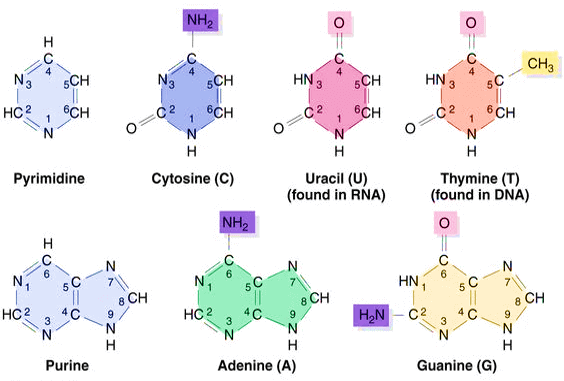


:max_bytes(150000):strip_icc()/what-are-the-parts-of-nucleotide-606385-FINAL-5b76fa94c9e77c0025543061.png)
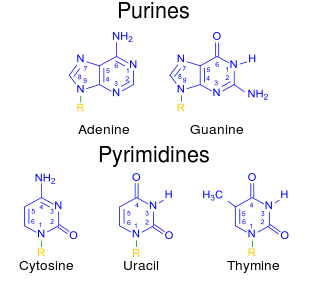
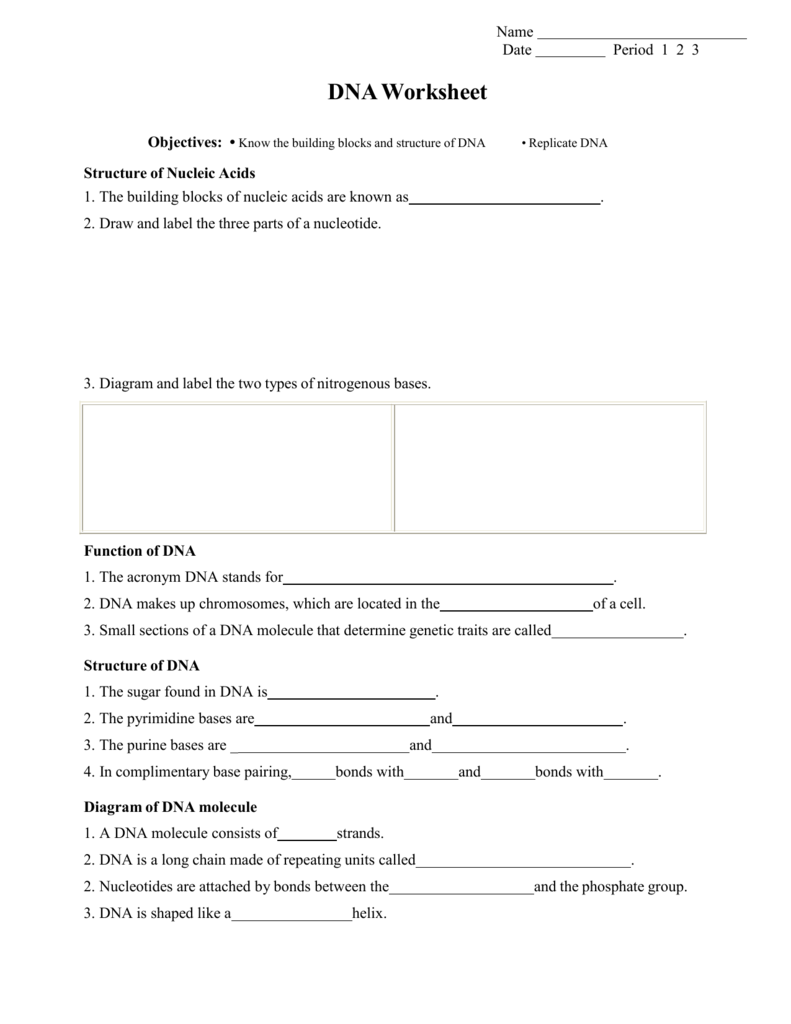





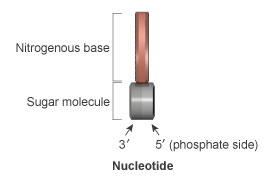




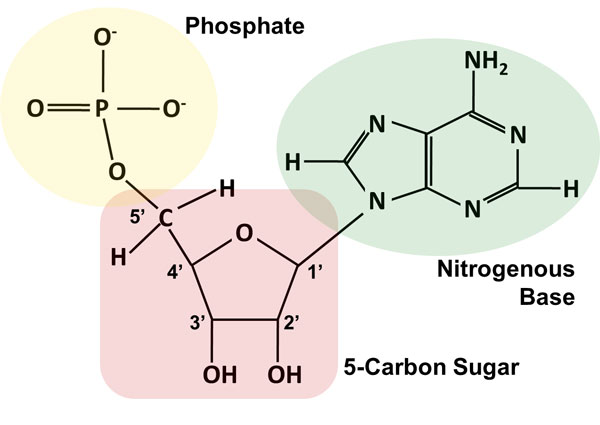

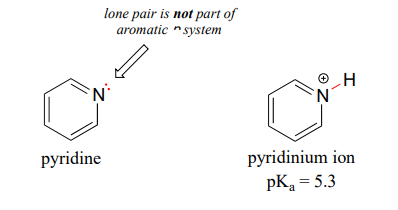

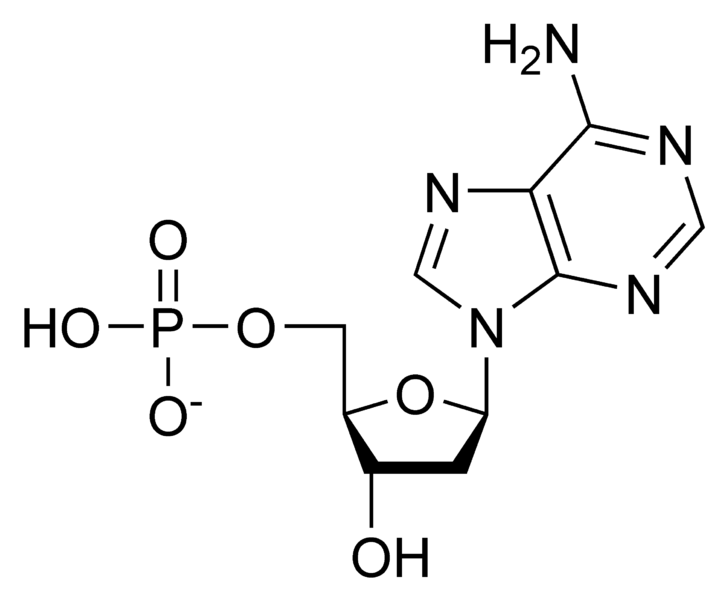



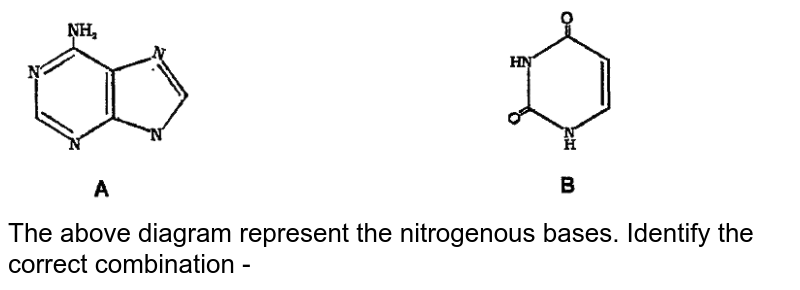



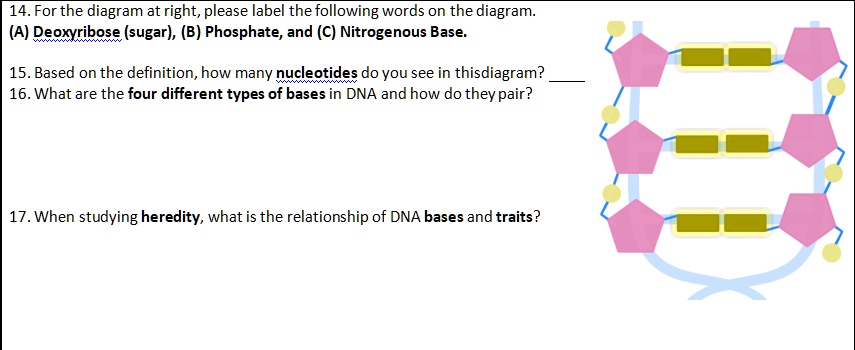
Post a Comment for "43 diagram and label the two types of nitrogenous bases"